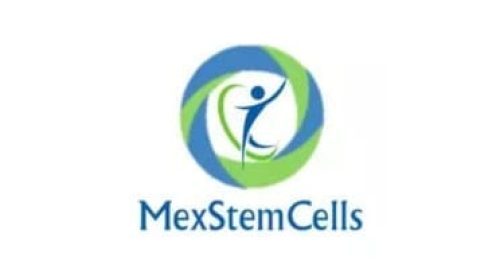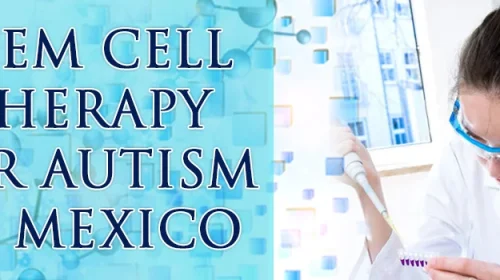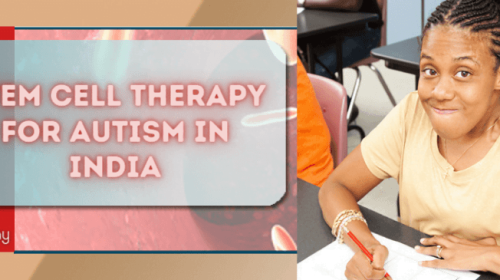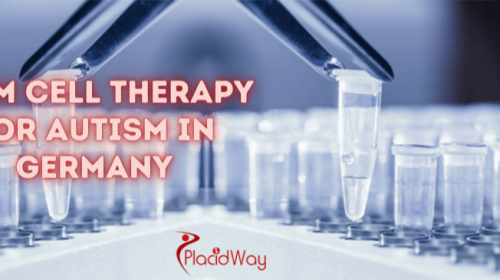Restoring Hope with the Life-Changing Power of Stem Cell Therapy for Autism
Autism, also known as Autism Spectrum Disorder (ASD), is a neurodevelopmental condition that affects how a person perceives the world, interacts with others, and processes information. It is characterized by a wide range of symptoms, strengths, and challenges, which is why it is referred to as a spectrum disorder.
Individuals with autism may exhibit difficulties in social interaction, communication, and repetitive or restricted patterns of behavior. One of the primary characteristics of autism is challenges in social interaction. People with autism may have difficulty understanding social cues, nonverbal communication, and social norms. They may struggle with initiating and maintaining conversations, understanding sarcasm or figurative language, or interpreting facial expressions and body language.
Communication challenges are also common among individuals with autism. Some may have delayed language development or struggle with speech and language skills. Others may have exceptional verbal abilities but struggle with pragmatic language, such as understanding and using language appropriately in social situations. Nonverbal communication, including gestures, facial expressions, and tone of voice, can also be challenging for some individuals with autism.

How does Stem Cell Therapy help Autism?
When it comes to the potential of stem cell therapy in aiding individuals with Autism, the lens of empathy reveals a glimmer of hope amidst the complexity of this condition. Stem cell therapy, with its transformative promise, holds the potential to unlock new possibilities for those on the spectrum, offering a ray of light amidst their journey.
With empathy, we recognize the challenges that individuals with Autism face, from communication difficulties to social interactions that can feel like an intricate puzzle. Stem cell therapy, with its regenerative properties, aims to harness the power of these versatile cells to promote healing and improve neurological function. Through this innovative approach, it is believed that stem cells can help repair and regenerate damaged or underdeveloped neural connections, potentially leading to enhanced cognitive abilities and improved social skills.
Procedure of Stem Cell Therapy for Autism
Consultation and Assessment
In the initial stages, the patient’s current health status, medical history, and severity of symptoms are thoroughly evaluated by a medical professional. The potential benefits and risks of the stem cell treatment are explained. After thorough discussion and understanding, an informed consent is obtained from the patient’s parents or guardians.
Stem Cell Source Identification
Depending on the specifics of the treatment plan, stem cells may be sourced from the patient (autologous stem cells) or a donor (allogenic stem cells). The most common sources are bone marrow or umbilical cord blood, though other sources can be used.
Stem Cell Harvesting
The stem cells are harvested from the identified source. For example, if the stem cells are coming from bone marrow, this would involve a minor surgical procedure under anesthesia to extract the marrow.
Stem Cell Processing
Once the stem cells have been harvested, they are processed in a lab to isolate the specific cells needed for the treatment. They may be cultured to increase their numbers, and they may undergo certain treatments to enhance their therapeutic potential.
Stem Cell Administration
The stem cells are then injected back into the patient. The method of administration can vary depending on the specifics of the treatment plan – common methods include intravenous (IV) infusion or intrathecal (into the spinal canal) injection.
Post-Treatment Monitoring
After the stem cells are administered, the patient is monitored for any immediate adverse reactions. Follow-up visits are scheduled to track the patient’s progress, and additional treatments may be administered if necessary.
Best Autism Treatment Clinics in the World
America, Guadalajara, Mexico
America, Guadalajara, Mexico
Stem Cell Therapy Packages for Autism Worldwide
Stem Cell Therapy for Autism Success Stories
Understanding begins with a single step. Take that step today – Book Consultation with best Stem Cell Center and let’s journey together for a better tomorrow for your child.
Frequently Asked Questions
What is stem cell therapy for Autism?
Stem cell therapy for Autism involves the use of stem cells to potentially address the neurological and behavioral symptoms associated with Autism Spectrum Disorder (ASD). The therapy aims to introduce stem cells into the affected areas of the brain, with the hope of promoting repair and regeneration of damaged neural connections.
What types of stem cells are used in Autism therapy?
Different types of stem cells are being investigated for their potential in treating Autism, including embryonic stem cells, induced pluripotent stem cells (iPSCs), and mesenchymal stem cells (MSCs). Each type has its own characteristics and considerations, and research is ongoing to determine the most suitable and effective approach.
What are the potential benefits of stem cell therapy for Autism?
While the field is still in the early stages of research, potential benefits of stem cell therapy for Autism may include improvements in communication skills, social interactions, cognitive abilities, and behavioral symptoms. However, it’s important to note that individual responses to treatment can vary, and further research is needed to determine the effectiveness and long-term outcomes.
Are there any risks or side effects associated with stem cell therapy for Autism?
The safety and potential side effects of stem cell therapy for Autism are still being investigated. Some potential risks include infection, allergic reactions, and the possibility of the stem cells not functioning as intended. It’s crucial to consult with medical professionals and seek reputable sources of information to make informed decisions about potential risks and benefits.
How is stem cell therapy administered for Autism?
The administration of stem cell therapy can vary depending on the specific protocol and the chosen type of stem cells. It can involve intravenous (IV) infusion, intrathecal injection, or targeted administration into specific brain regions. The route of administration is determined by the treatment plan and the goals of therapy.
Request Free Quote














